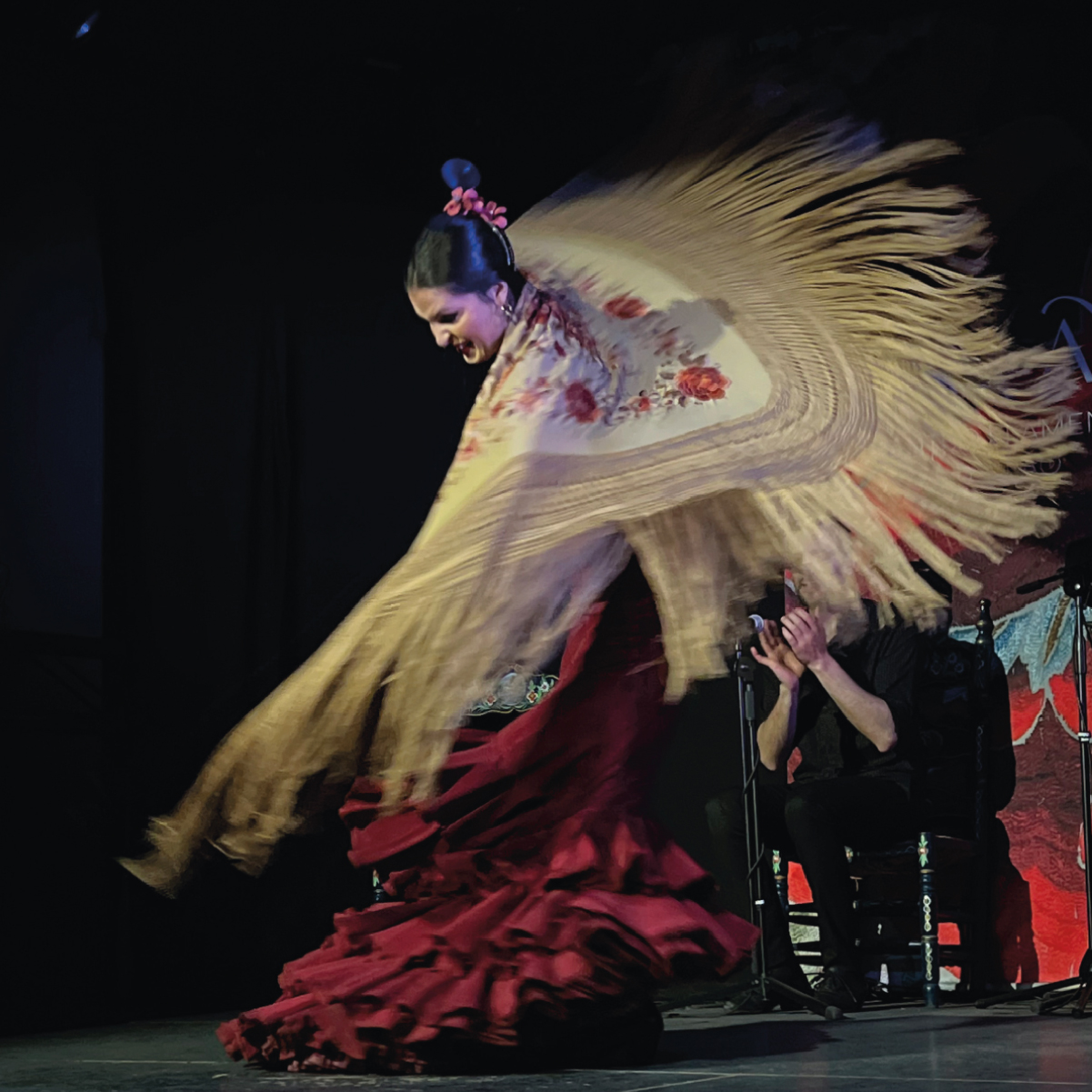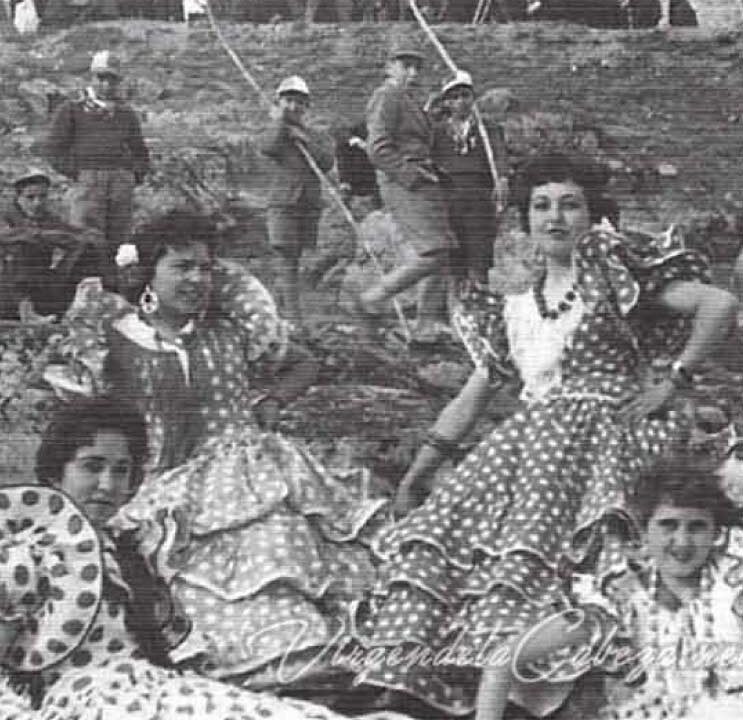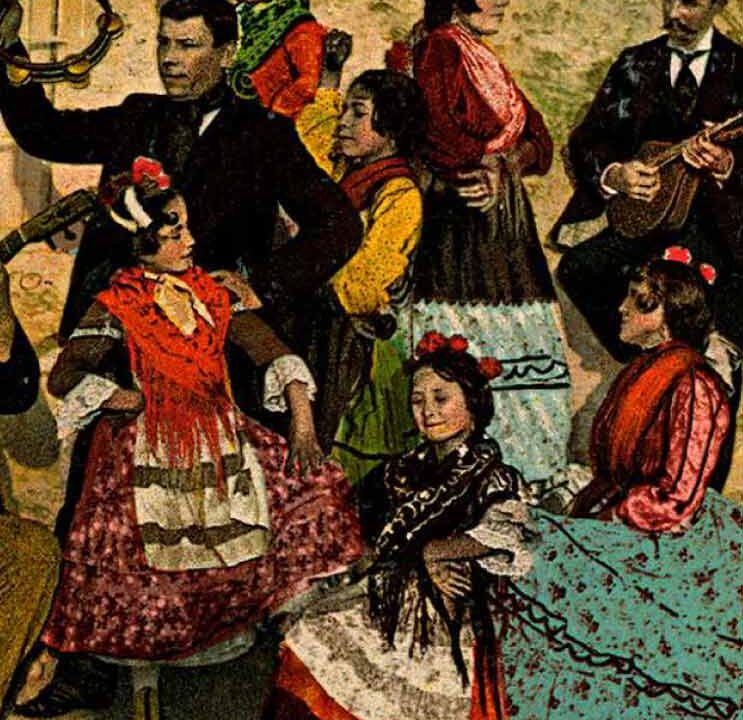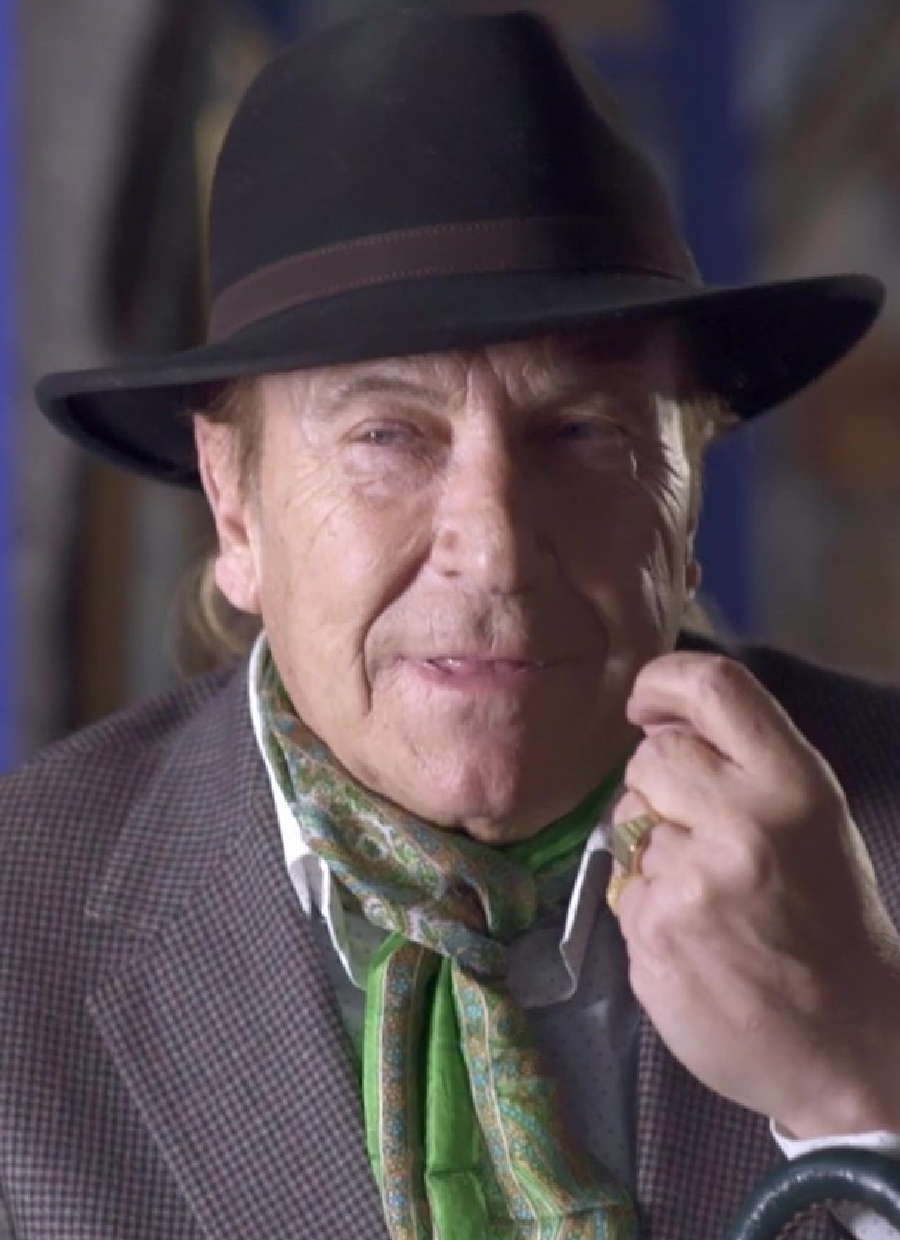
Curro Albaicín: Flamenco Icon of Granada
August 25, 2022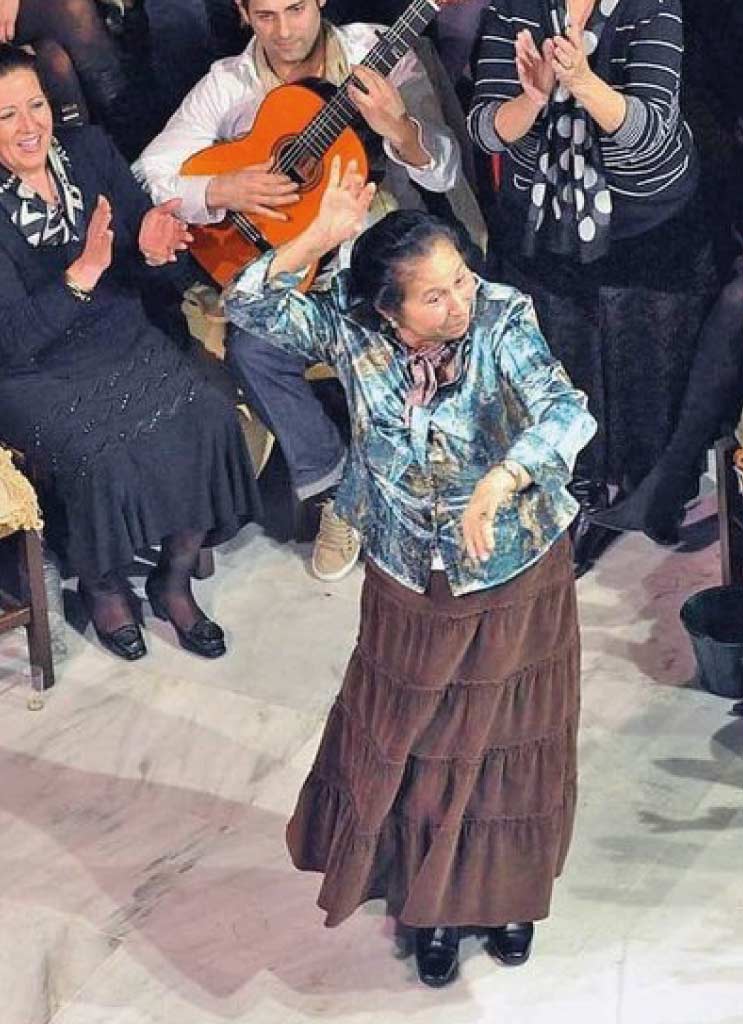
Flamenco at Christmas
December 19, 2022Origin of the flamenco shawl.
The flamenco shawl is also known as the 'Manila shawl' and, although its name is related to the former Spanish colonies in the Philippines, it originated in China some 4000 years ago.
The shawl arrived in Spain through the trade routes coming from the Orient, which explains the oriental motifs found in many of the oldest shawls, hand-embroidered on silk. Although in its beginnings the shawl was mainly used as a garment to combat the cold, in the 18th century it became popular among the ladies of the upper classes, thus becoming an essential garment for the flamenco dress and other types of regional costumes.
Today, the shawl is still a fashion accessory widely used in major events, especially in Andalusia, without forgetting the importance of the use of the shawl in flamenco. Although the craft of embroidery had been lost, the shawl is nowadays more fashionable than ever. Apart from the colorful and exquisitely embroidered motifs, the awareness of the antique has allowed the shawl to survive as a collector's jewel, very popular nowadays thanks to social networks.
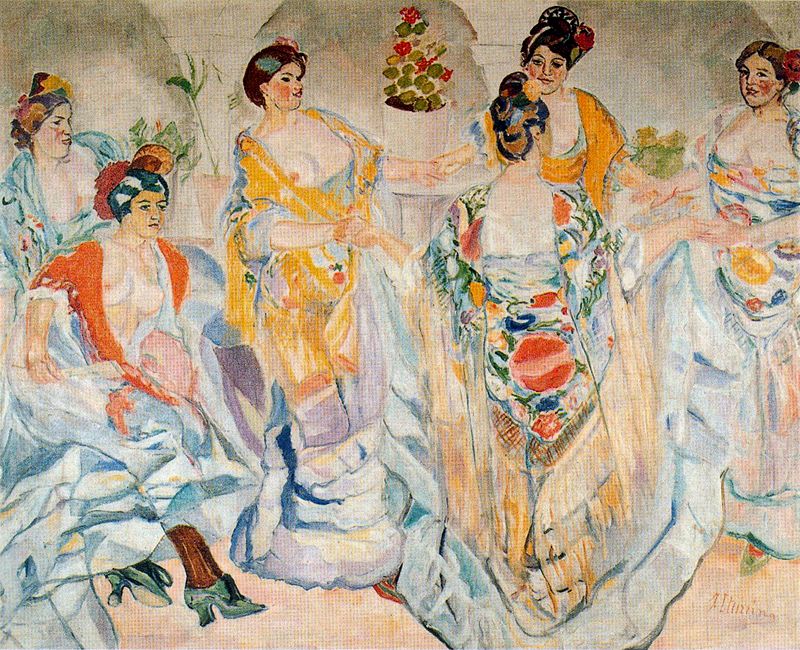
The shawl and its incorporation in flamenco shows.
The first appearances of the Manila shawl in flamenco shows were in the cafés cantantes. Let's remember that the cafés cantantes were those places of leisure where, among other types of shows, flamenco began its journey as the predecessors of the tablaos flamencos.
La Macarrona', 'Pastora Imperio' or Matilde Coral were artists of the flamenco world that created a special trend until today, being nowadays very common to see the Manila shawl in theaters and flamenco tablaos, often accompanying the bata de cola. The use of the shawl gives beauty and elegance to the dance, being one of the most eye-catching elements. The shawl in flamenco is considered as a kind of extension of the body of the dancers, an element that generates movement in different ways, accentuating the rhythm depending on the different "palos" that are interpreted.
Although the interpretation of the "palos" varies, the dancers usually follow certain movements: sticking to the arms accompanying the bailaora's braceo; rocked by the front or back of the body; it also usually imitates the movement of a bullfighter's cape or shaken in the form of a circumference by one hand, among others.
In Casa Ana it is very common to see Cristina Soler, among other of our dancers, making a masterful use of the shawl with the bata de cola.
What should the flamenco shawl for dancing be like?
To impress and manage a correct use before the public, the shawl must stand out for its showiness, fall and movement. The following are a series of characteristics that must be fulfilled for the shawl to be suitable for dancing:
- Its composition must be made of natural silk and embroidered by hand: no two should ever be alike, each one is unique.
- Measurements: approximately 145 cm in total, about 21 cm of trellis and approximately 30 cm of fringe. This will depend on the person who wears it, but folded diagonally it should cover the back and reach the dancer's fingertips, the dancer should have her arms extended perpendicular to the body. This will depend on the height and length of the arms of each flamenco dancer.
- Weight: it must be an ideal weight so that it shows body and does not wrinkle during the execution of the dance. This is very personal to the artist herself
In this website you can find very creative and personalized shawls.
What decoration can we find in the embroidery of shawls?
The flamenco shawl can present different types of motifs. Normally they stand out:
- Animals: some of the most popular are the phoenix, butterflies and the peacock, among others.
- Flowers: the most common of all is the lotus flower due to its oriental influence, although roses, rosemary, lilies and daisies are also very common.
- Trees, leaves and fruits: pine and vine leaves and fruits such as grapes and pineapples.
- Human figures: also due to the oriental influence, embroideries on the Chinese imperial family and everyday situations of the society appear. This decoration predominates mainly in the oldest shawls, although it is also common to find them in the new ones due to tradition.
How to preserve a shawl correctly?
A well cared for flamenco shawl is a garment that passes through different generations, thus becoming a symbolic item in the family. Therefore, it must be cared for and preserved in a very precious way:
- It should not be hung on a hanger: the weight of the details and the lattice would wear the silk and it could even crack.
- It is not advisable to fold them and store them in a drawer, as this could cause irreparable wrinkles.
- The best way to store it is to wrap it in white tissue paper and wrap it again in a cardboard tube to avoid wrinkles and damage.
- The temperature is another factor to take into account, it should be between 20 and 25 degrees.
- It should be removed and aired a minimum of twice a year so that the silk 'breathes' and does not remain in storage for a long time.
If the shawl has wrinkled, it is best to leave it stretched out on a flat surface for a couple of days: the weight of the details and bangs will help the shawl to regain its initial shape and will not damage the fabric.
